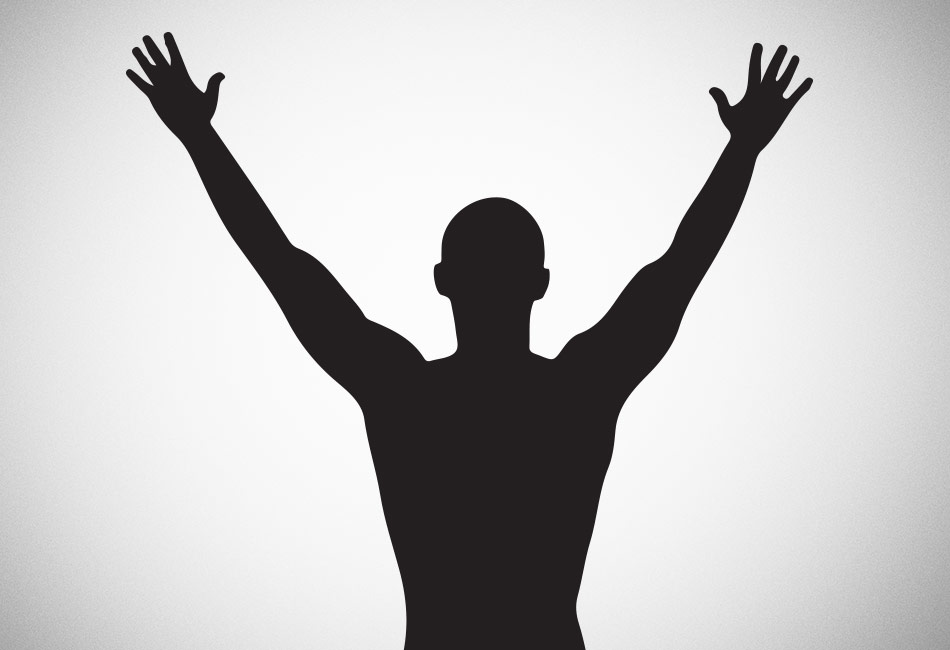Breathing is easy. Because we do it from the moment we are born we barely pause to give thought to it, but that doesn’t mean that there’s no right way to do it.
The rhythm of breathing we establish when we train determines the efficiency of our body’s movement which in turn determines the quality of our athletic performance. The reason there is so much debate over breathing is because we can breathe in a number of ways.
During the day when we’re inactive most of us seem to engage in shallow, nasal breathing. During exercise the best way to breathe is inhaling in a measured, deep way, through the nose and exhaling through the mouth. As the difficulty of the exercises we perform increases and the load on our muscles goes up with fatigue, we need more and more oxygen. Our breathing becomes even deeper and even faster. Ultimately it determines how many calories we burn and how efficiently our muscles work.
Now, when we load our lungs like this the debate usually revolves around whether we continue to breathe in through our nose and exhale through our mouth or do we, instead, gulp down air through our mouth and exhale the same way? It would appear that as long as we get an adequate supply of air into our lungs and from our lungs to our muscles there should be no ‘better’ pathway whichever way we choose to breathe.
Things however are not quite like that and new studies show that the pathway we choose to breathe through has some very unique effects and that there is an optimum way to breathe in and out even when we are laboring under an extreme physical load.
Breathing Activates the Brain
Studies conducted using fMRI show that when we breathe in through the nose and then breathe out through the mouth there are neural pathways activated in the brain that are not activated when we just breathe in and out through the mouth. These neural pathways are throughout a region of the brain known as the amygdala which is strongly linked to emotional processing, in particular fear-related emotions.
The principle is that when we are under stress, whether physical, emotional or psychological breathing through the nose and out through the mouth allows us to control our emotions and stay calm so we can respond, physically, better.
That would suggest that from a purely physical point of view breathing in deeply through the nose and exhaling through the mouth allows a more optimized process to kick in. But it gets better.
Breathe and Lose Weight
Because breathing is what activates our metabolism breathing evenly and deeply throughout the day can increase our daily calorie consumption, sometimes by as much as 600 extra calories a day. From a biomechanical point of view deep breathing also engages more muscles in the diaphragm and helps move the upper part of the body to a much greater degree.
Experts at the American Exercise Physiology Institute estimate that people who breathe deeply burn about 20% more calories than those of us who take shallow breaths.
So, instead of burning 500 calories a day breathing, we can burn up to 1100 calories. That means we burn extra calories without having to increase the level of our physical activity.
Breathing deeply also helps relieve stress, it oxygenates the bloodstream which means that it helps with mental clarity because the brain always has sufficient amounts of oxygen and it conditions the lungs to expand more fully which improves aerobic performance when we actually have to do High Intensity Interval Training (HIIT) or running.
Summary
Because we all have busy, stressful lives we constantly look for ways to work smarter instead of just harder. Breathing properly, throughout the day is probably the easiest, smartest thing we can do and there are so many benefits associated with it that once we start.
Sources
Northwestern University. “Rhythm of Breathing Affects Memory and Fear.” NeuroscienceNews. NeuroscienceNews, 6 December 2016.










